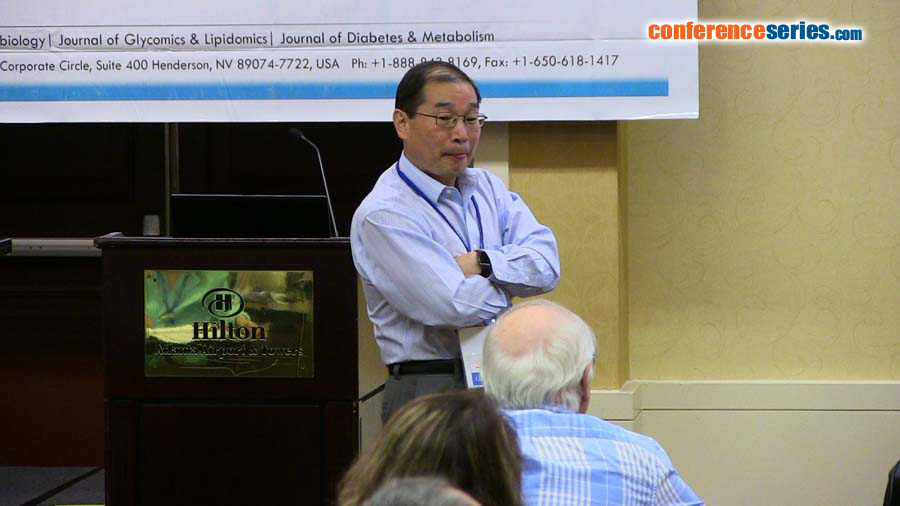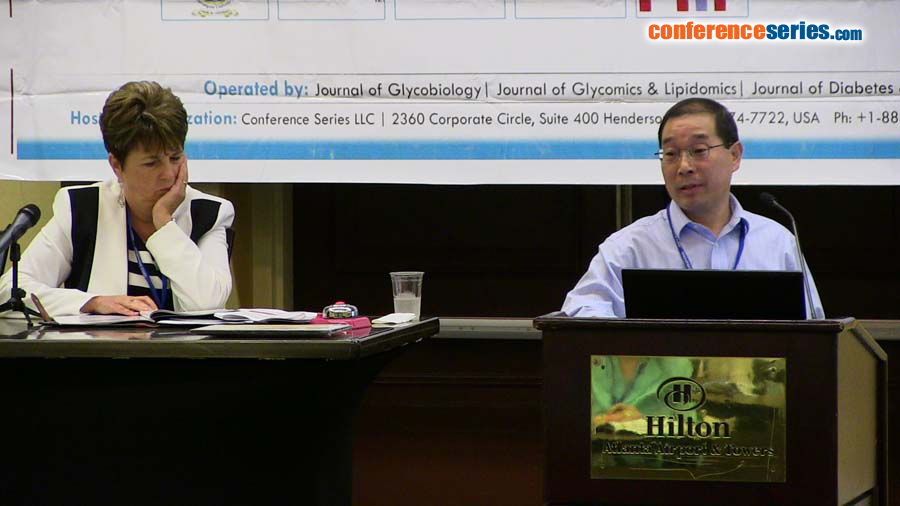
Tongzhong Ju
Emory University School of Medicine, USA
Title: Cellular O-glycome reporter/amplification to explore O-glycans of living cells
Biography
Biography: Tongzhong Ju
Abstract
Mucin–type O-glycosylation of Proteins is one of the most abundant protein post-translational modifications, and plays important roles in many biological processes, but the repertoire of mucin-type O-glycans synthesized by cells is difficult to determine. Here we developed a novel technology termed Cellular O-Glycome Reporter/Amplification (CORA), a sensitive and versatile method to profile and amplify mucin type O-glycans in any living cells. Cells took up peracetylated benzyl-α-N-acetylgalactosamine, Benzyl-α-GalNAc(Ac)3 into cytosol where it was de-acetylated to form Bn-α-GalNAc, and Benzyl-α-GalNAc was then transported into the Golgi apparatus where it was converted to a large variety of complex O-glycans (Benzyl-O-glycans) by O-glycosyltransferases; and these Benzyl-O-glycans were finally secreted from cells, allowing easy purification for analysis by HPLC and mass spectrometry (MS). CORA resulted in ~100-1000-fold increase in sensitivity over conventional O-glycan analyses, such as β-elimination-MS and identified a more complex repertoire of O-glycans in more than a dozen cell types analyzed. Thus, the high sensitivity and amplification nature of CORA technology makes it possible to analyze entire human O-glycome and others, and offers new opportunities to identify novel glycan biomarkers for human diseases. Furthermore, CORA technology may shed the light on facilitating the development of similar technologies for analyzing/amplifying other types of cellular glycomes.




